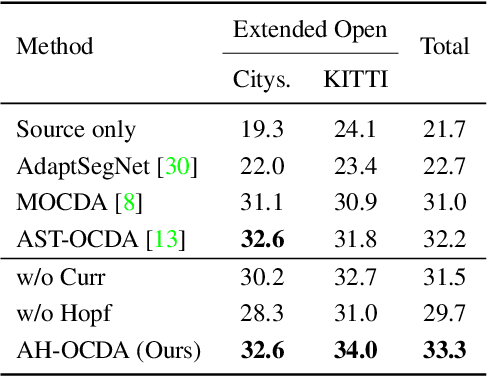Junwon Ko
SFLD: Reducing the content bias for AI-generated Image Detection
Feb 24, 2025Abstract:Identifying AI-generated content is critical for the safe and ethical use of generative AI. Recent research has focused on developing detectors that generalize to unknown generators, with popular methods relying either on high-level features or low-level fingerprints. However, these methods have clear limitations: biased towards unseen content, or vulnerable to common image degradations, such as JPEG compression. To address these issues, we propose a novel approach, SFLD, which incorporates PatchShuffle to integrate high-level semantic and low-level textural information. SFLD applies PatchShuffle at multiple levels, improving robustness and generalization across various generative models. Additionally, current benchmarks face challenges such as low image quality, insufficient content preservation, and limited class diversity. In response, we introduce TwinSynths, a new benchmark generation methodology that constructs visually near-identical pairs of real and synthetic images to ensure high quality and content preservation. Our extensive experiments and analysis show that SFLD outperforms existing methods on detecting a wide variety of fake images sourced from GANs, diffusion models, and TwinSynths, demonstrating the state-of-the-art performance and generalization capabilities to novel generative models.
AH-OCDA: Amplitude-based Curriculum Learning and Hopfield Segmentation Model for Open Compound Domain Adaptation
Dec 03, 2024



Abstract:Open compound domain adaptation (OCDA) is a practical domain adaptation problem that consists of a source domain, target compound domain, and unseen open domain. In this problem, the absence of domain labels and pixel-level segmentation labels for both compound and open domains poses challenges to the direct application of existing domain adaptation and generalization methods. To address this issue, we propose Amplitude-based curriculum learning and a Hopfield segmentation model for Open Compound Domain Adaptation (AH-OCDA). Our method comprises two complementary components: 1) amplitude-based curriculum learning and 2) Hopfield segmentation model. Without prior knowledge of target domains within the compound domains, amplitude-based curriculum learning gradually induces the semantic segmentation model to adapt from the near-source compound domain to the far-source compound domain by ranking unlabeled compound domain images through Fast Fourier Transform (FFT). Additionally, the Hopfield segmentation model maps segmentation feature distributions from arbitrary domains to the feature distributions of the source domain. AH-OCDA achieves state-of-the-art performance on two OCDA benchmarks and extended open domains, demonstrating its adaptability to continuously changing compound domains and unseen open domains.
 Add to Chrome
Add to Chrome Add to Firefox
Add to Firefox Add to Edge
Add to Edge